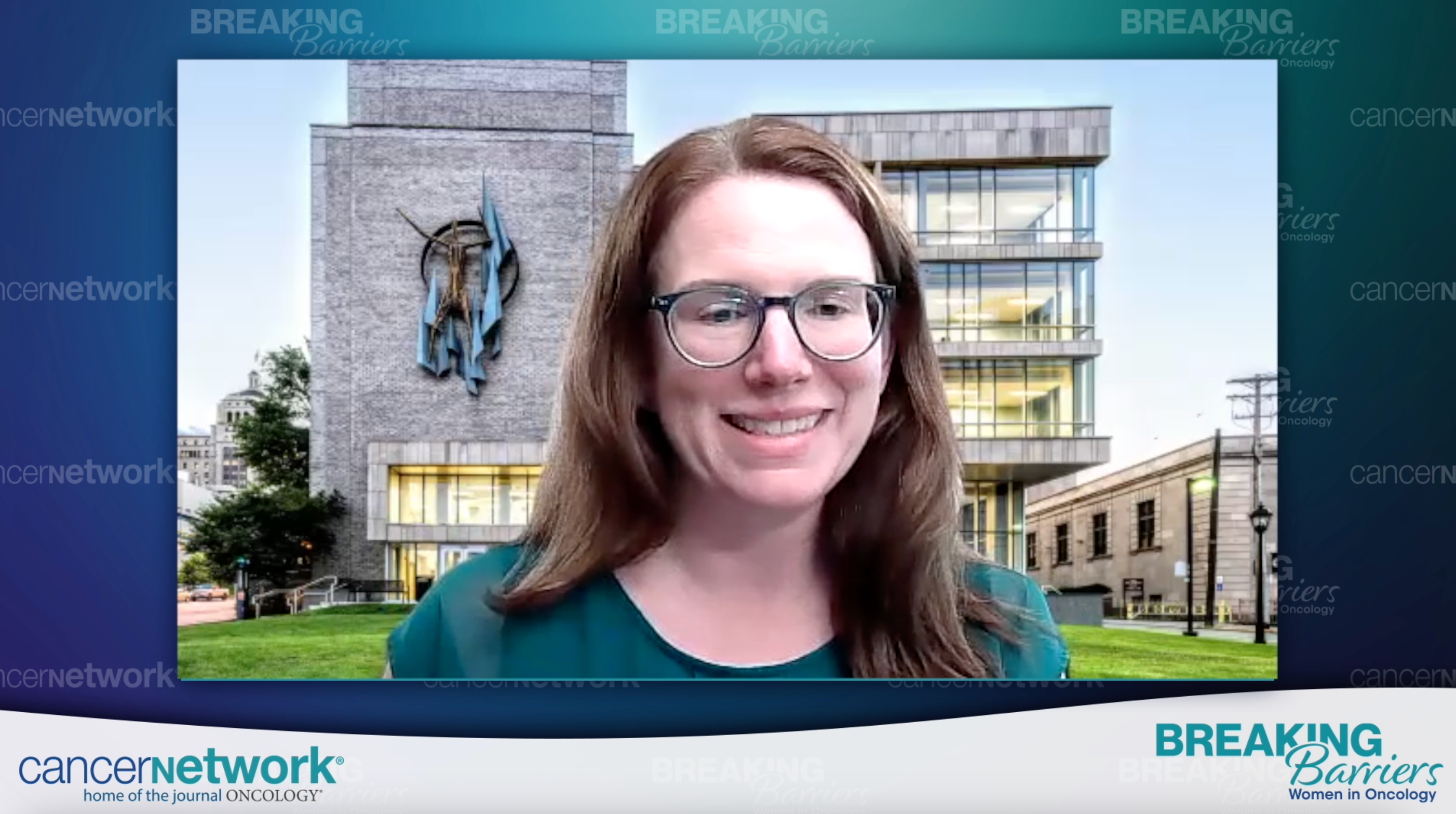
Public Health Policies May Impact Cancer Care Outcomes

Health economists discuss their interests in the outcomes observed from the Affordable Care Act and its impact on specific populations.
Determining policies and studying trends in the public health space is important to create positive outcomes for patients with cancer.
Cathy Bradley, PhD, dean and professor at the Colorado School of Public Health, and Deputy Director of the University of Colorado Cancer Center; and Lindsay M. Sabik, PhD, associate professor and Vice Chair for Research in Health Policy Management at the University of Pittsburgh School of Public Health and a member of the UPMC Hillman Cancer Center, both spoke with CancerNetwork® about their research and why they chose to focus on public health.
As part of this Breaking Barriers: Women in Oncology segment, Bradley and Sabik highlighted how their careers have also centered around health equity, the cost-effectiveness of cancer care, and the reasoning behind patients continuing to work following their diagnoses. Specifically, Sabik found public health interesting because it addresses how legislation such as the Affordable Care Act can influence treatment access across an entire population.
Transcript:
Sabik:
I’m interested, broadly, in populations and access, and a lot of that is focused on how state and federal policies impact the care that people receive, including how they access insurance and what the implications are. I was starting my career around the time that the Affordable Care Act was first passed and started to be implemented. Having the chance to study how precursors to the Affordable Care Act, including a number of state reforms, impacted cancer care access, and then thinking about the Affordable Care Act implementation in work that Cathy and I did together, we were among the first to look at insurance expansion through Medicaid and how they increased cancer screening that led to earlier stage at diagnosis and improved access to care. That’s been an important part of my career and the work that I’ve been able to do.
Bradley:
Similarly, this work on Medicaid and being able to [study] the Affordable Care Act [has highlighted the] difference [these policies have] made in changing cancer outcomes for certain populations. Another aspect of my research has been on labor market outcomes of how people respond when they’re diagnosed with cancer, employed, and get their insurance through their employer, and how they make these trade-offs about continuing to work or not. [We are] seeing that some people will forego chemotherapy and treatment to not jeopardize their jobs, and [we are studying] the role that health insurance plays in those decisions.
Newsletter
Stay up to date on recent advances in the multidisciplinary approach to cancer.
































































































